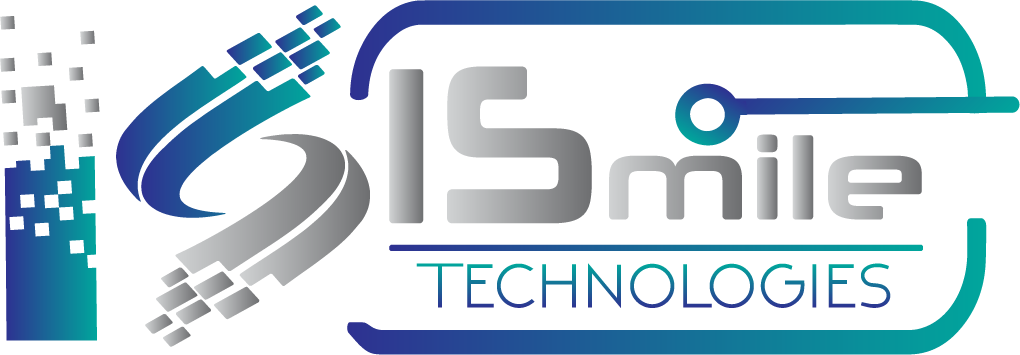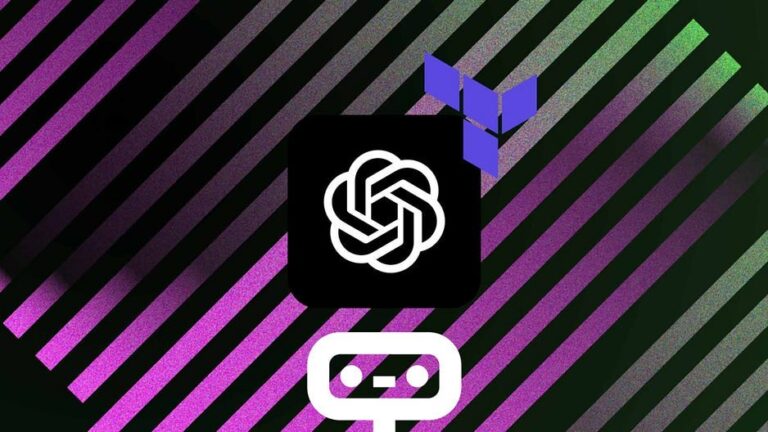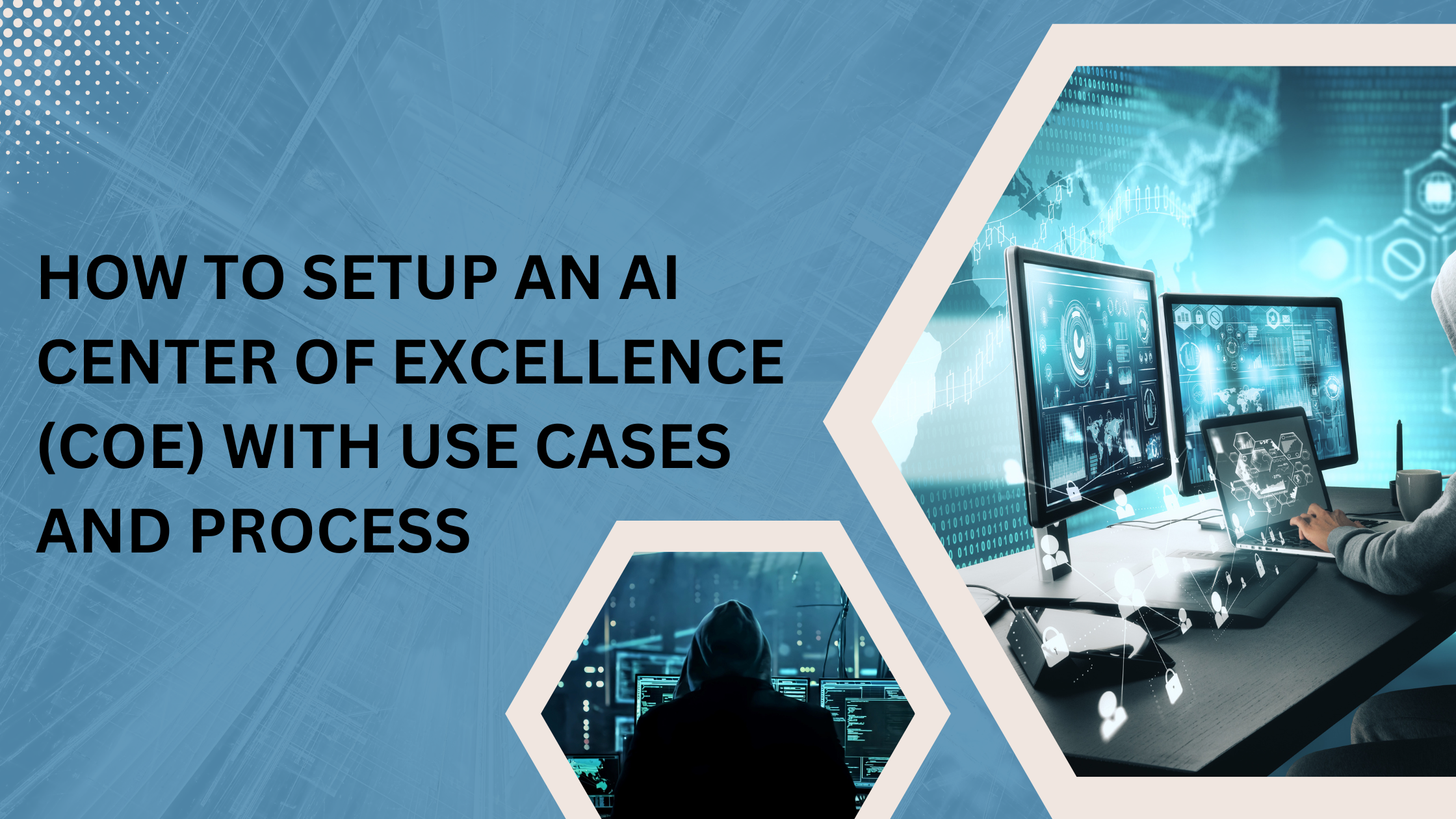One of the primary concepts of DevOps is velocity, and anything that keeps or enhances velocity is beneficial to the whole process. Despite this, several speed bumps in the DevOps process threaten to derail progress and drag DevOps operations to a halt. When transitioning traditional monolithic programmes into cloud-friendly microservices, one of the most significant roadblocks develops.
Micro service are the way of the future for cloud-based applications; according to IDC, 90 per cent of all new apps delivered by 2022 will use microservices designs. The capacity of developers to create, debug, update, and use third-party code is also improved with microservices, according to IDC. Although DevOps is usually associated with producing internal code, the advantages of a micro service architecture are numerous.
Getting to Microservices
Depending on the company’s path and where they start, migrating to a microservices architecture can be simple or challenging. If the objective is to convert older programmes into microservices, the process might be difficult and time-consuming. Manually deconstructing old code and dividing it into isolated code pieces that will operate as microservices is a standard part of legacy application transformation. This significantly complicates the DevOps process, where rapid iteration of existing code is the rule rather than the exception.
However, technologies on the horizon will make the process easier. A function is one such solution that emerged from stealth to transform monolithic Java programmes into microservices.
Besides the newcomer function, there are additional options for migrating old Java programmes to the cloud. Anthos, for example, is a managed application platform that integrates Google Cloud services with DevOps workflows. Another option is IBM’s Mono2Micro, a semi-automated AI-based toolkit for reworking monolithic Java programmes.
There are several tools available for individuals who want to create microservices-based applications from the ground up. The development environments that employ rapid application development (RAD) approaches and use low-code models are the most intriguing. WaveMaker, OutSystems, and AgilePoint are just a few of the many RAD systems available.
Conclusion
Most people migrating older apps to a microservices paradigm will employ various technologies, depending on the use case. Rewriting smaller old apps may be easier for some; for others, restructuring may be the only method to capture the intellectual property in historical systems. In either case, correctly picking the appropriate tools goes a long way toward ensuring DevOps velocity. Maintaining that pace is essential for delivering cloud-friendly apps on time and within budget.
If you need further guidance regarding java apps, Get Your Free Consultation.







